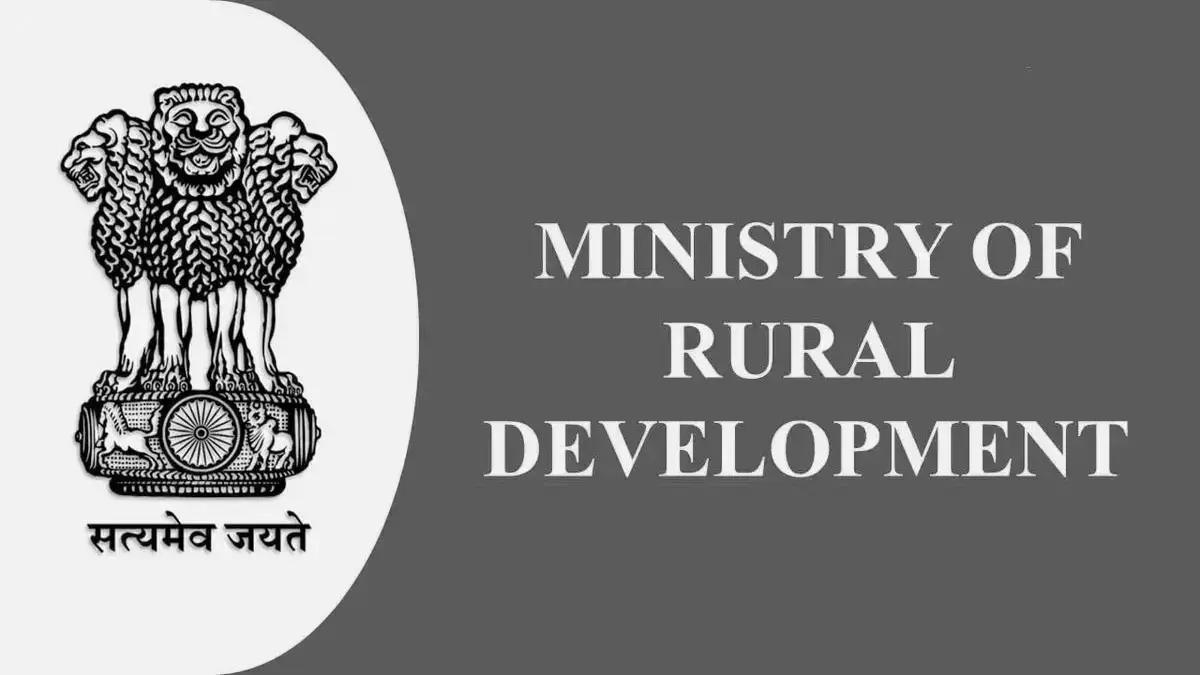
Ms. Khare elaborated that the ULPIN, a 14-digit alphanumeric code assigned to each land parcel, is akin to Aadhaar or a fingerprint for land.
As Secretary of the Department of Land Resources, Ms. Nidhi Khare introduced the National Generic Document Registration System (NDGRS) across Assam, alongside the introduction of Unique Land Parcel Identification Number (ULPIN) seeding of geo-referenced Cadastral Maps. Shri Syedain Abbasi, Special Chief Secretary of Assam, initiated the rollout of Blockchain in land records in Darrang district as a pilot project. This event was organized by the Revenue and Disaster Management Department of the Government of Assam.
Speaking at the event, Ms. Nidhi Khare highlighted that NGDRS, a project initiated by the Department of Land Resources, Ministry of Rural Development, Government of India, is a common, generic application developed for registration departments nationwide under the One Nation One Software initiative. She mentioned that the NGDRS application is developed by NIC Pune and the Assam Instance of NGDRS is hosted in State Data Centre (SDC). NDGRS in Assam was launched by the Chief Minister of Assam on November 14, 2022. Currently, NGDRS has been rolled out in Sub-Registrar Offices (SROs) of two Districts, namely Kamrup and Darrang, and now NGDRS is rolled out in all the 77 SROs of Assam. She further highlighted the following key features of the Assam Instance of NGDRS:
Integration with Dharitree for zonal value and location, NOC for party and land details, eGras for online payment, e-Stamp, and citizen services of Sewa Setu (Non-Encumbrance Certificate, Certified Copy, Marriage Registration, Deed Registration).
Auto-calculation of fees according to the articles is enabled.
A total of 76 articles configured in NGDRS.
Ms. Nidhi Khare also stressed the importance of Blockchain, one of the IT reforms initiated by Revenue & Disaster Management, Govt. of Assam, to revolutionize Land Records Management, ensuring increased trust, auditability, traceability, and immutability of land records data. She further emphasized that the goal of securing Land Records with blockchain is to allow transactions to be recorded and distributed but not edited. Blockchain technology’s unique combination of cryptography and distributed network nodes allows data to be maintained and validated in a trusted ecosystem. It was also noted that the ULPIN (Unique Land Parcel Identification Number) is taken as the unique blockchain ID, and the land parcel is uniquely identified using ULPIN from Bhunaksha.
Ms. Khare further explained that the ULPIN, a 14-digit alphanumeric identification number assigned to every land parcel, can be likened to Aadhaar or a fingerprint for land. The identification is based on the longitude and latitude of the land parcel and is dependent on geo-referenced cadastral maps. She further highlighted that the benefits of ULPIN are to ensure uniqueness in all transactions, keep spatial records up to date, link property transactions, share land records data across departments, financial institutions, and to eliminate fraudulent transactions. In NGDRS, the deed is digitally signed by SRO and stored in blockchain after the approval of the deed. She further mentioned that Blockchain will offer security, accountability, and record scrutiny from start to end. The District-level Blockchain-based cadastre and land records registry Pilot are launched in Darrang district and will be rolled out across Assam shortly.